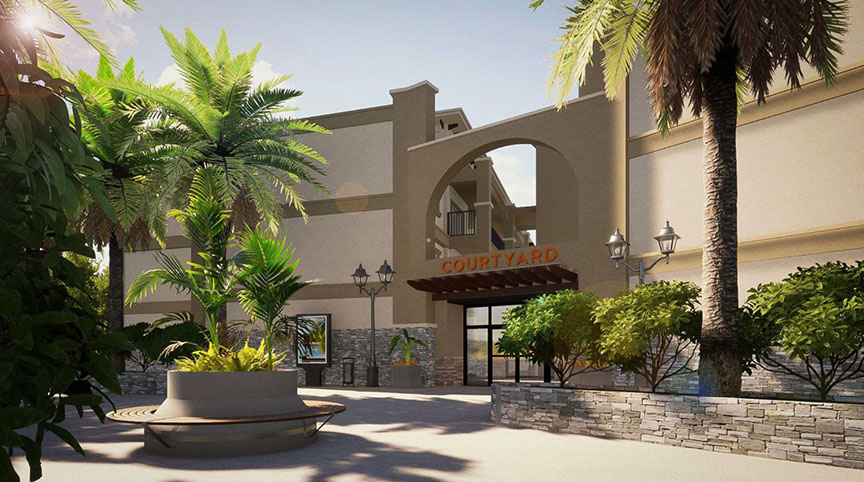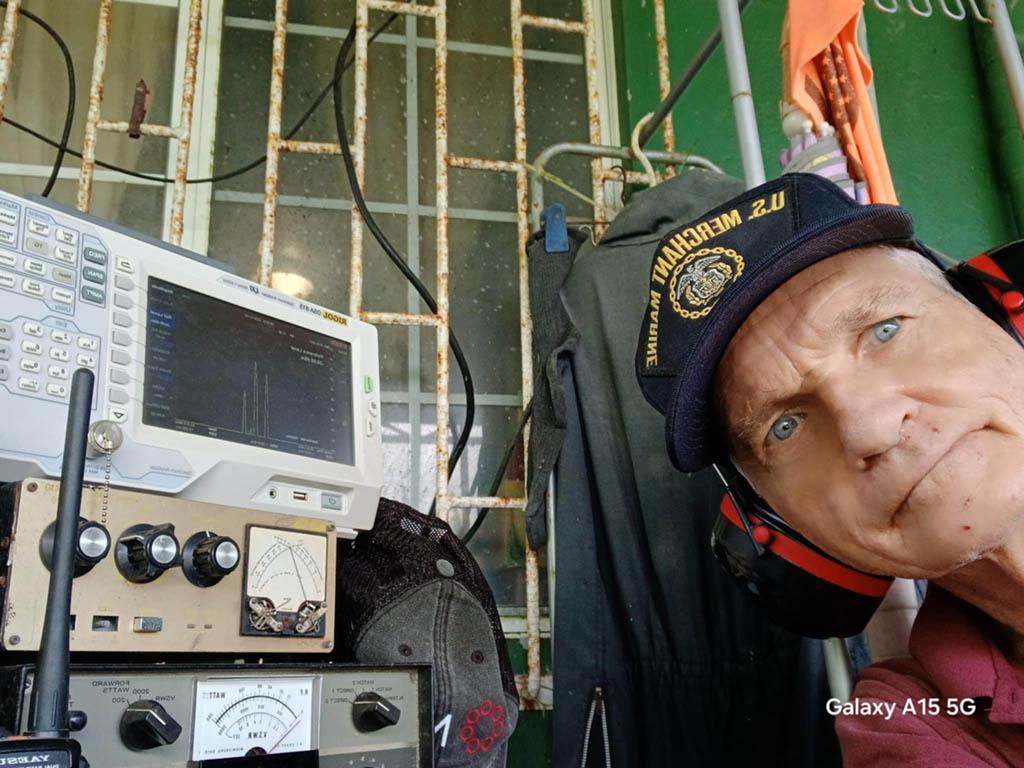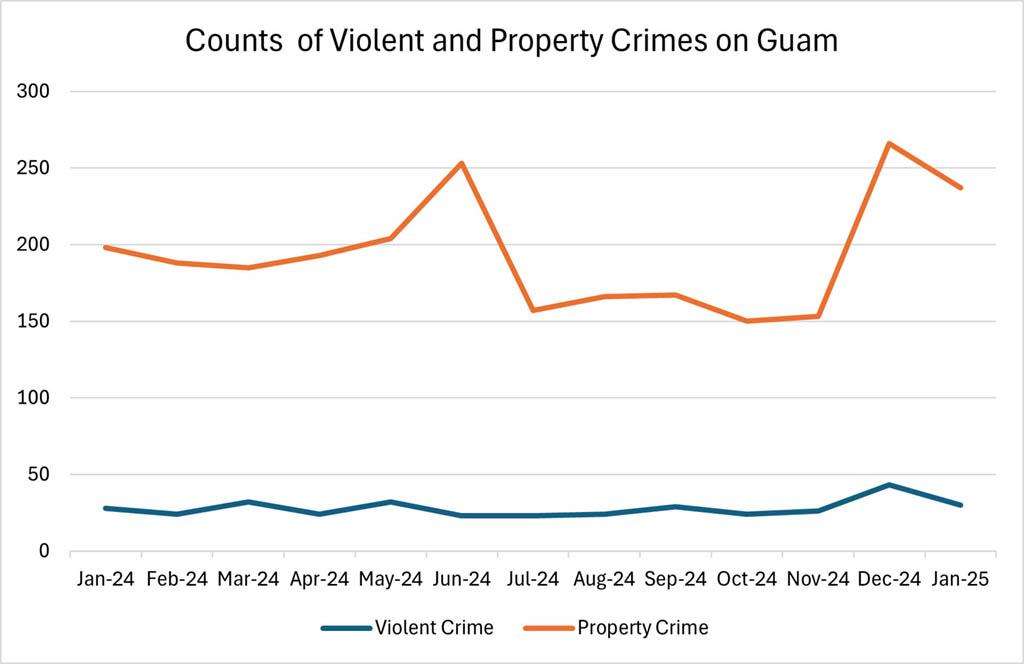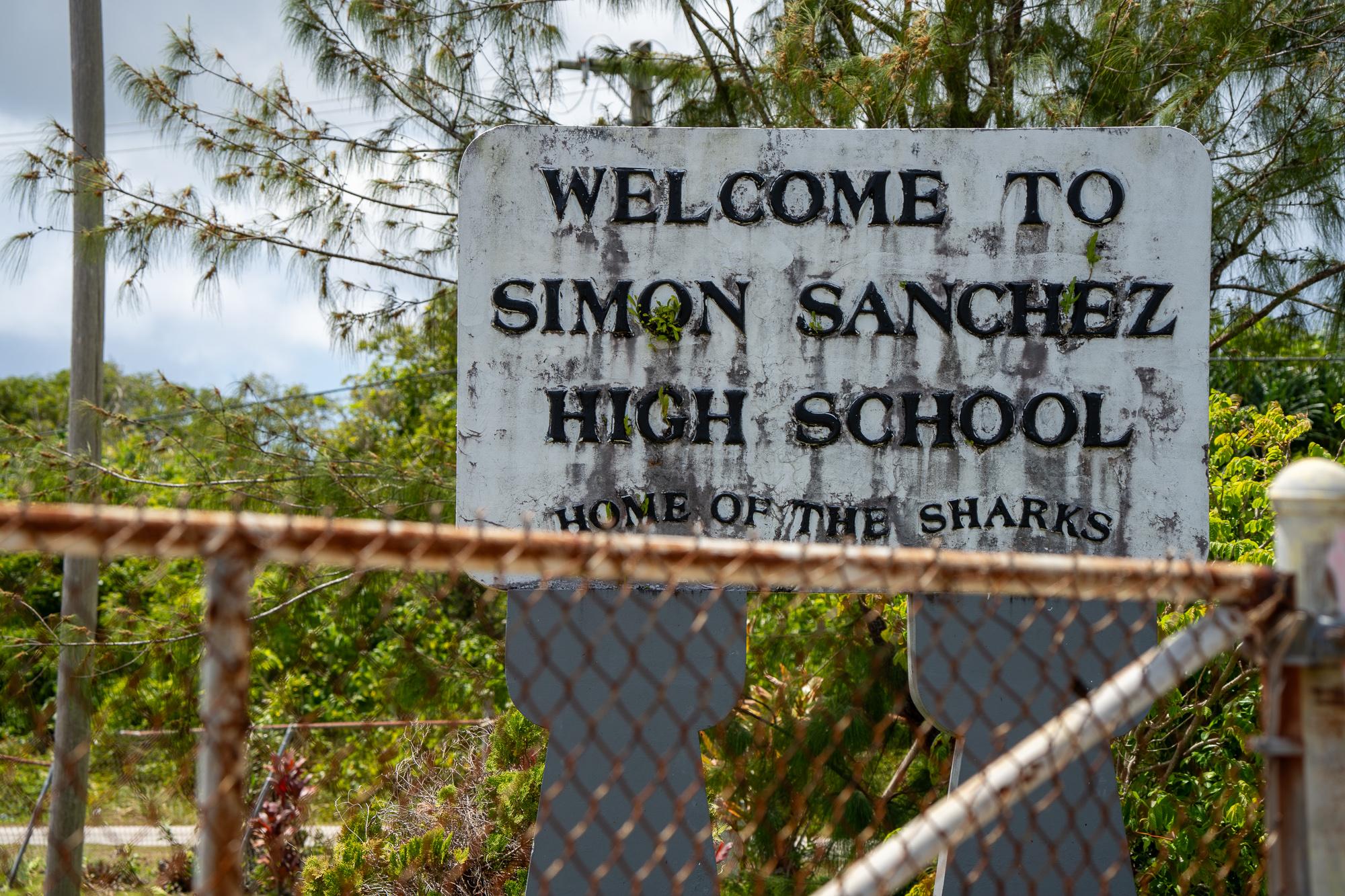BY OYAOL NGIRAIRIKL and BY MAUREEN N. MARATITA
Journal Staff
Route 3 in Dededo leads to Marine Corps Base Camp Blaz and is an arterial road in Guam’s largest village.
The area is ripe for development but looks as if little has changed since a surge of buyers invested in the area in 2015.
There are reasons why.
Drive along the road that leads to Camp Blaz, which is a hive of activity behind the front gate, and what you see first is the Guam Regional Medical City — which opened in July 2015 — and the adjacent Medical Arts Center.
The center was just recently completed and will soon be joined by at least one new fast food restaurant, two new condominium towers, other wellness facilities, and a new shopping center, plans for which show it will be called Northgate Market Place.
“There’s a lot happening,” said Dededo Mayor Melissa Savares, who added there may even be a bank that is expected to rise in the next few years.
She said for some landowners it has been years since they rezoned their properties in anticipation of the military buildup with the Department of Defense’s Pacific pivot. The final move has been constantly delayed — first by the pause of the military buildup, then the H2-B worker shortage, and then by COVID-19. Today’s challenges include inflation and shortage of labor workers, which lead to increased construction costs. Not to mention higher interest rates, which add on to the overall cost.
For Carlos V. Camacho, vice president of Ironwood Guam Development, the new military base, the addition of Guam Regional Medical City and the Medical Arts Center, are just some of the things that are attracting people to Dededo. He’s working with partners on a mall in the area, though couldn’t disclose much more.
Camacho did note that the community is fast growing. Among his housing developments is Ironwood Estates in Dededo. He said when plans for that development were first announced, there were people who said the area was too far from everything. The current buildup and economic activity around his properties is proving his instincts right, however. “We’ve been really lucky,” he said.
Plans for the Northgate Market Place were shared by Journal sources.
It is being built to meet the everyday needs of residents and visitors, according to the set of plans. The new facility will provide a “collection of specialty and big box retailers seamlessly blended with casual dining restaurants and neighborhood services and so much more.” There will be more than 130,000 square feet of rentable space and 600 parking spots, one “bank pad” and one “hotel lot.”
Siska S. Hutapea, founder and president of Cornerstone Valuation Guam Inc., said the U.S. $8.6 billion defense pivot to the Pacific is helping to fuel excitement around the island and that areas of growth include the Route 3 vicinity.
“It’s mind, mind blowing,” she said of Camp Blaz, adding that when the project is completed, not only will it need facility maintenance but the personnel there as well as the increasing Air Force personnel will need support services like barbershops and restaurants. “There’s going to be a lot of food and beverage outlets and other businesses. And, of course, those will need apartments, so I foresee more housing developments there. There are things within the government’s control to help spur the growth and that’s the health permit, and especially the sewer line that’s much needed.
“There’s already some completed buildings in the area and there’s others in the pipeline … that’s definitely a growth corridor in Guam,” she said.
Around 2015, sales along Route 3 ranged from $23 to $110 per square meter. As details on the buildup solidified, businesses and individuals were purchasing property. According to Journal files, Cornerstone Valuation reported multi-million sales, covering about half a million square meters along Route 3 sold within five years.
Dr. Saied Safabaksh, owner of The Village and president of Pacific Medical Group, purchased properties totaling $1.86 million for 26,941 square meters, files state. Wenkun Su and Yulian Zheng purchased in October 2015 the 6,640-square-meter lot adjacent to the three purchased by Safabaksh. Paradise Holdings Inc. and Xi’an Junhui Investment Industry Co. Ltd. share land purchased in October 2015 and April 2014, respectively, in an M1 industrial zone totaling 51,528 square meters.
Deepak and Kiran Sadhwani purchased in March 2015 an R2 zoned parcel of land of 148,810 square meters for $3.5 million, which is connected to a smaller M1 zoned lot they purchased in 2013 of 4,047 meters. According to Journal files, the Sadhwanis were approved for a tentative subdivision, with plans to develop the land into an industrial park to be named Pacific Industrial Park.
Black Construction Corp. completed the upgrade to Route 3 in July 2020, at a final cost of $42.57 million. The upgrade widened the arterial thoroughfare from two lanes to four for about three miles and improved the intersections. One intersection leads to the relatively new Okkodo High School, which was used as a vaccination site when COVID-19 vaccinations became available in Guam. The U.S. Department of Defense funded the Route 3 upgrade through the Defense Access Roads program.
When traffic is light, the drive to the base from Route 1 or Marine Corps Drive takes about 10 minutes at most — part of the attraction for investors.
On the way to the base there is signage for various potential developments and one parcel of land is being rezoned.
There are existing residential developments like Astumbo Gardens and signs for the former Royal Palms military housing and South Finegayan are still visible. And not too far away are other housing developments like the other Ironwood properties.
There’s also the new Guam Power Authority station being built in the area.

But savvy investors will likely find a way while there are still some opportunities.
For Savares and the Municipal Planning Council, the work to greenlight projects and land zone changes has increased. She said one applicant recently requested a conditional use and a height variance — going from agricultural zoning to a multi-family dwelling property, while also asking for a condominium complex that includes two buildings 14 stories tall, which is well above the current three-story height cap.
The complex will be built on property between the Medical Arts Center and the traffic light to Okkodo High School — a shallow valley between slight hills. “Even at 14 floors, you won’t get too high because it sits at a low point,” Savares said.
Local engineer Cheng T. Chien and Joann Y.C. Liou are the project owners according to the applications to the Guam Hybrid Land Use Commission. F.C. Benavente Planners represented the two before the commission. The applications were approved Dec. 9, 2021 and Feb. 25, 2022.
The complex is expected to have common areas, and spaces for retailers and a gym. “They have the amenities that are needed … it’s one of the bigger housing projects.”
Savares said there are other properties for which owners requested zoning changed years ago in anticipation of the military buildup, much of the excitement taking place when the area where Camp Blas now sits was first identified. She and Vice Mayor Peter Benavente said they’re excited to see that their village’s potential is recognized by investors, which creates more jobs for their constituents.
But in the face of this, they both said they need to ensure that businesses add value to the village when they are faced with applications, some of which aren’t approved based on the question, “How is this job going to benefit the neighborhood?”
Savares pointed out that Route 3 has three schools and family housing areas.
“We limit the activities for … the kind of commercial use,” she said. “We don’t want a karaoke bar or game room for example,” she said.
There’s also the question of infrastructure and utilities. Benavente said that’s a concern as more buildings and housing areas pop up. And part of the question that’s asked is whether the power, water, and sewer lines are sufficient in an area to carry the development proposed.
Benavente said this is particularly important as the area isn’t just expecting growth from military personnel, contractors and their families but noted that locals also are transplanting from other villages and moving to Dededo. According to the U.S. Census Bureau, the population in Dededo — which is Guam’s most populated village — was 44,908 in 2020.

Attorney Cesar Cabot, who built the Medical Arts Center adjacent to the Guam Regional Medical City, said he’s been watching the area for many years now.
“All roads lead to Andersen (Air Force Base) and now the new Marine Base,” he said, noting that the center and the additional phases that he’s currently working on, as well as other projects that are rising, are “only the beginning of things to come.”
“Our master plan is to create a medical campus, a place for healing, for everything,” Cabot said. “I’m just the brick and mortar guy but my vision comes from a myriad of sources … if there’s anything that I’m good at, is I’m a good listener.”
He noted that for decades Guamanians had been talking about the lack of healthcare, as well as health and wellness, facilities.
“This location is perfectly suited for a medical campus,” he said, adding they have a five-phase master plan that will be fulfilled based on what the community and stakeholders say is needed.
The recently completed three-story 50,000 square foot center will be the focus of a marketing campaign that will start either late February or early March, according to Cabot.
“We want to get the best and brightest to help us achieve the best of our medical campus,” he said. “The real world will tell us how far we can go as far as our master plan.” mbj




















